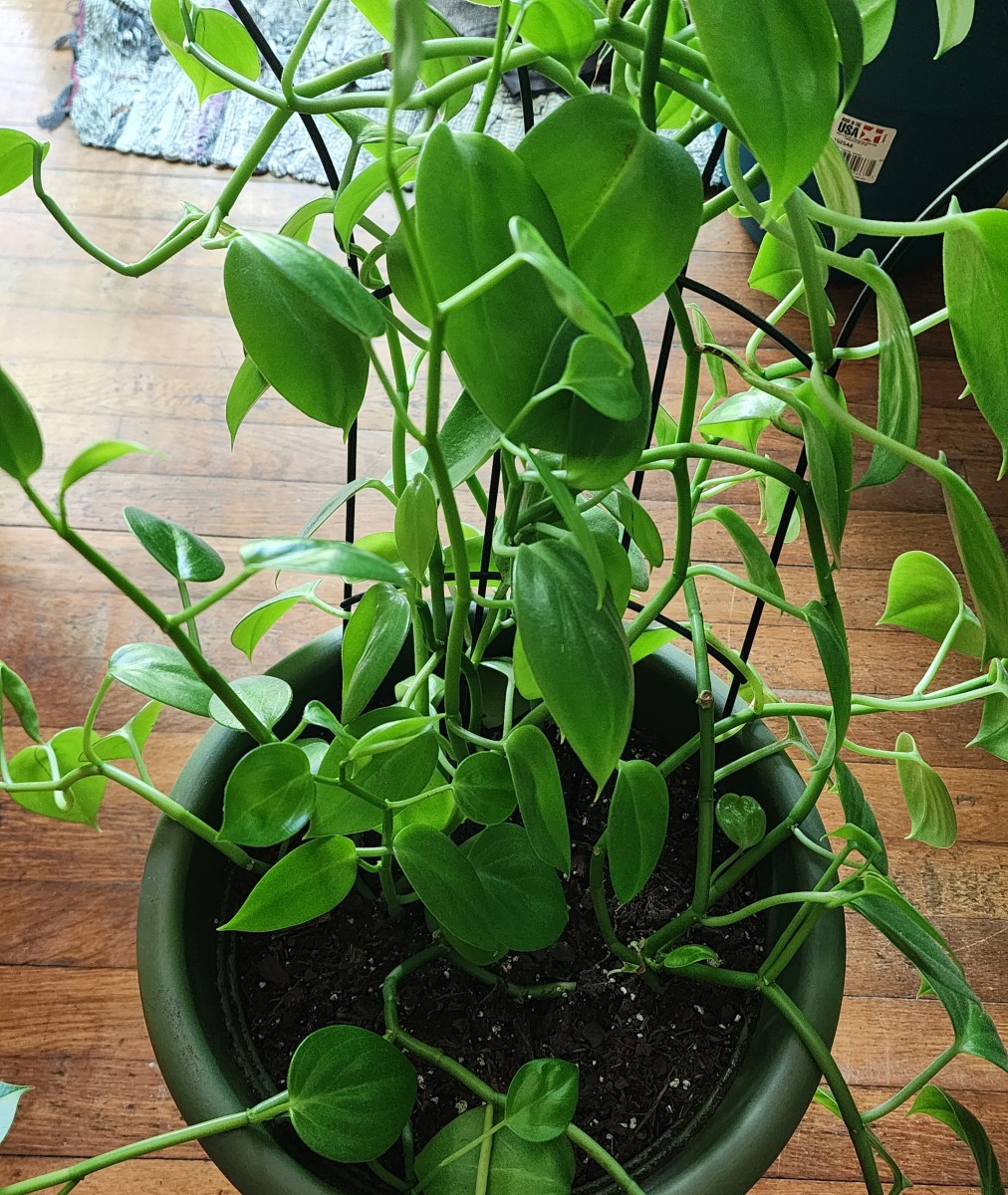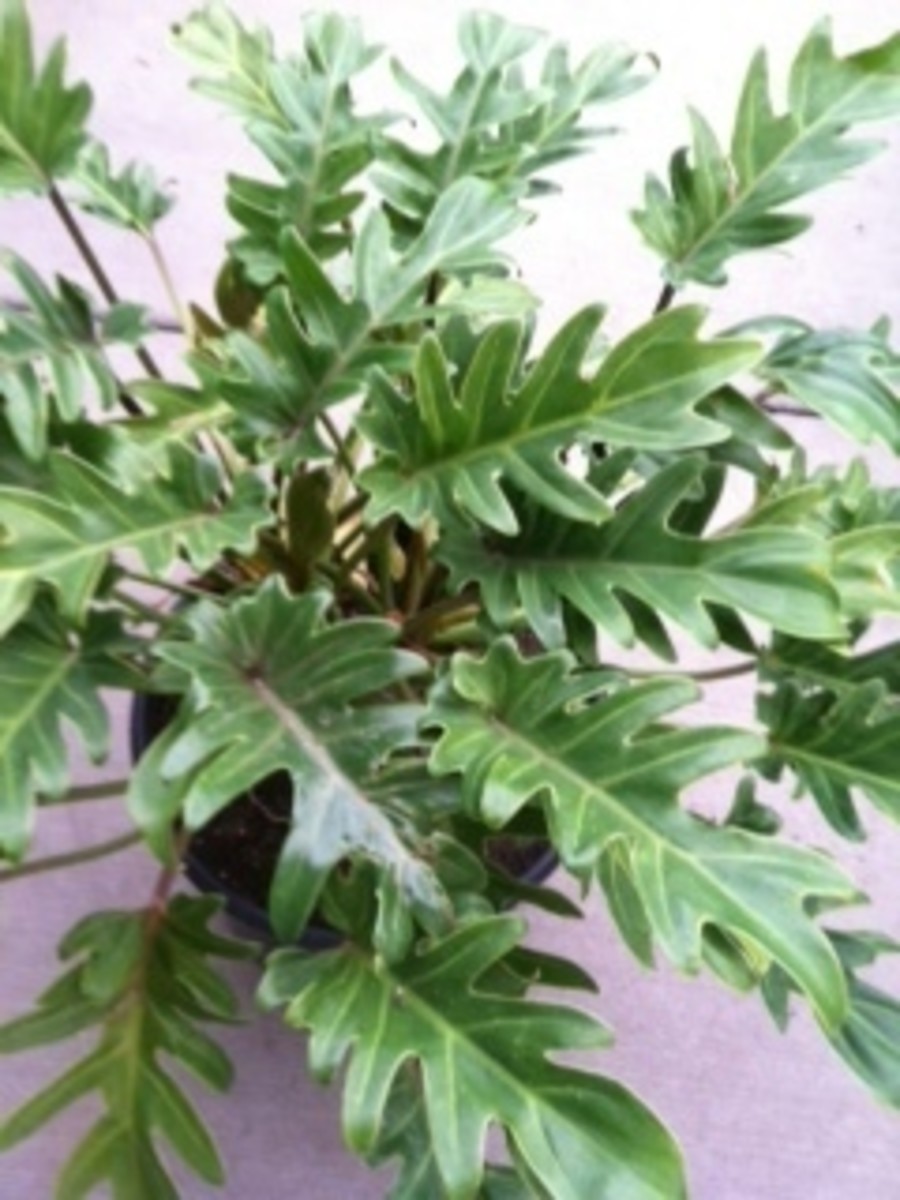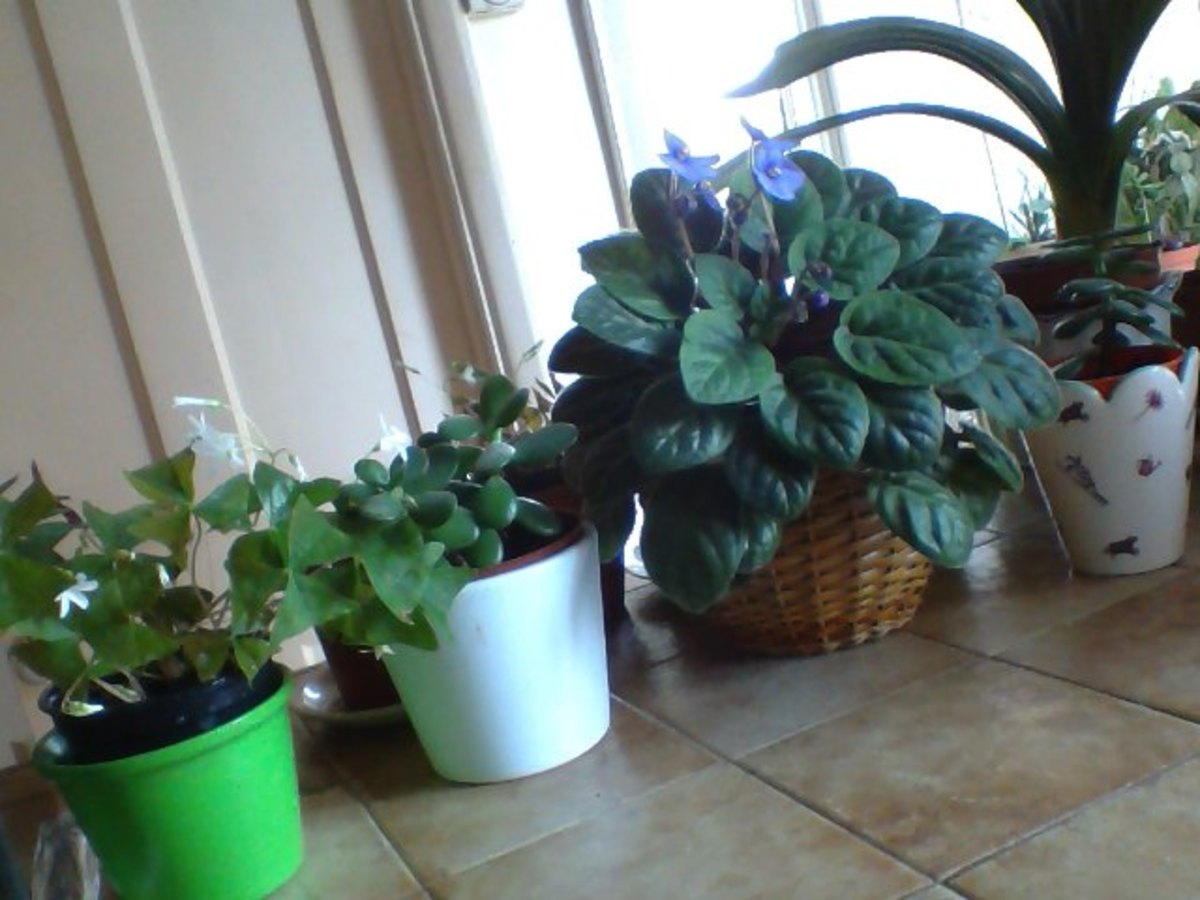- HubPages»
- Home and Garden»
- Gardening»
- House Plants
How to Care for House Plants
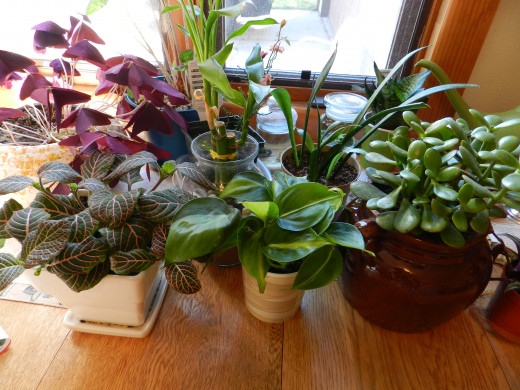
Houseplant Care Overview
Houseplants are a great addition to indoor decor and proper care will keep houseplants looking great for years. Different houseplants require different watering, sunlight, soil, and fertilizer requirements. Selecting a suitable container and re-potting from time to time is also very important to houseplant growth and appearance.
Neglecting these factors will cause plants to become unsightly and may even cause some plants to die. Some houseplants are pricey, and negligence can easily lead to an economic loss.

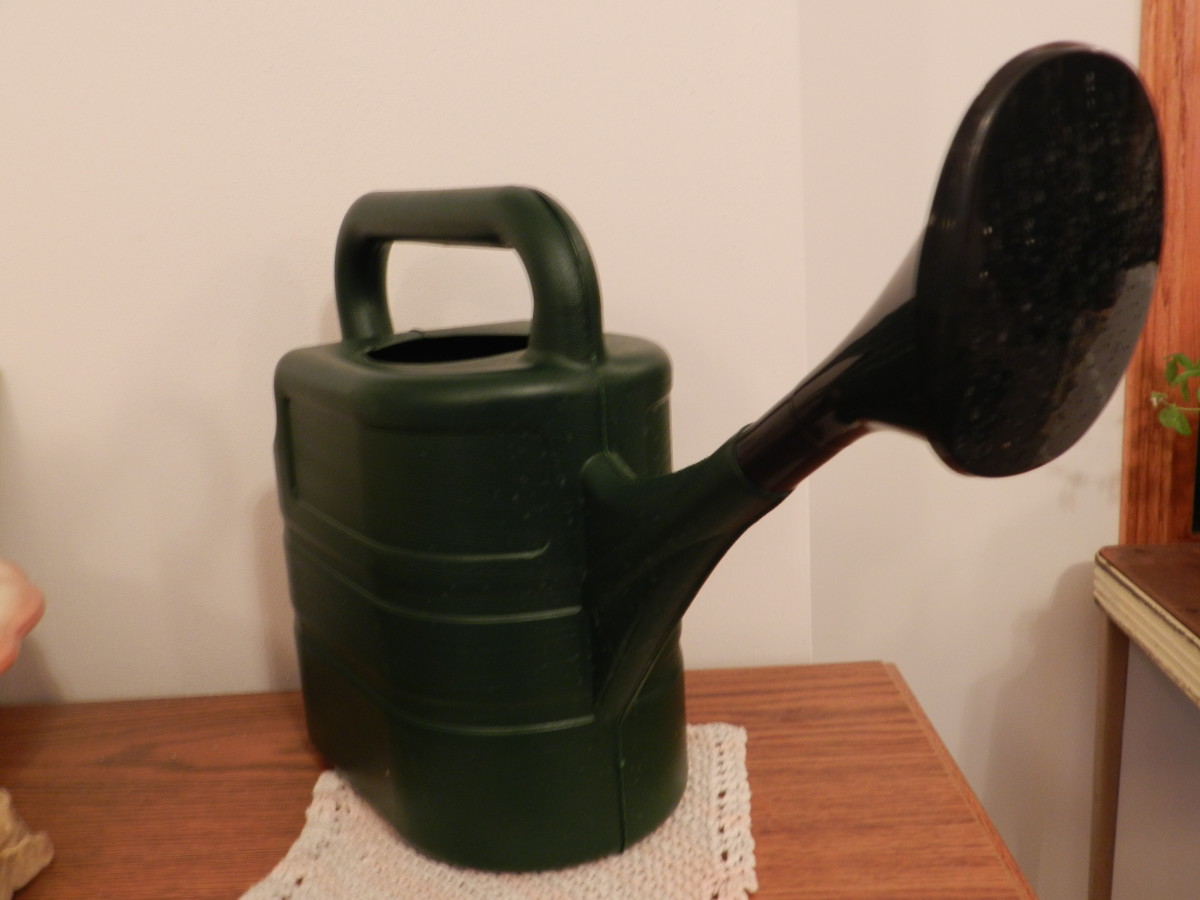
Watering Houseplants
Check Retail Tag & Do Research
Proper watering is absolutely vital to the health of plants. Different plants require different methods of watering. Always check the plant tag that is provided by the retailer to determine how much and how often to water. Doing a little research on each plant will provide better information on watering compared to retailer tags.
Watering Problems
Watering too often can easily cause root rot and disease among plants that do not like their roots constantly wet. Saturated soil is usually only suitable for plants native to wetlands. Most plants will react adversely to saturated soil by showing signs of discoloration, rotten roots, and poor growth. Most tropical plants prefer their soil to be constantly moist, but not saturated. Cacti are indigenous to very arid regions and watering may only be needed once a month.
When & How to Water Houseplants
The best method to estimate when to water is by feeling the weight of the container before and after a thorough watering. Poking a finger into the soil to test for moisture will only test the upper few inches of the container. Water thoroughly by saturating the soil and allowing the container to completely drain. Standing water promotes disease and should not be left in the bottom of containers. A small moisture meter can be purchased to determine watering as well.
Misting
Some houseplants need regular misting to keep their leaves from becoming limp and wilted. Plants that are indigenous to tropical regions usually require moisture on the foliage to prevent wilting. Mist such plants once or twice a day, along with regular watering. Wilting is only temporary as long as a little watering and misting occurs soon after wilting. Repeated wilting will stress most plants and cause harm over time.

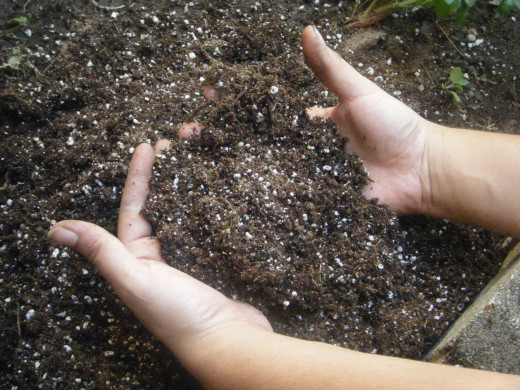
Soil for Houseplants
The type of soil that houseplants are grown in will have a major impact on the growth and health of the plants. Plants like cacti and succulents require soil that drains quickly and does not become waterlogged. Tropical plants may need soil that remains moist and is high in organic matter. Sterile soil should be used when dealing with houseplants. Sometimes the retailer's tag will list the proper soil to be used, but usually the tag only says a word or two about sunlight, watering, and fertilizing.
Research Soil Types
Always do some research before transplanting or amending soil. A soil high in organic matter and nutrients can easily kill a cactus, while a very sandy soil will not provide enough moisture retention and nutrients for tropical plants.
Soil Amendments
Organic matter like mulch, peat, and sphagnum moss can be used to amend soil that drains too quickly. Sand, gravel, and perlite can be used to promote drainage in soils that are dense in organic matter. Typical store-bought potting soil may need amendments depending on what plants will be growing in it.


Sunlight Requirements for Houseplants
Sunlight is as equally important as watering and soil type. Many plants are very sensitive to lighting conditions. Most succulents love full sunlight but philodendrons and sansevieria "Mother-in-Law's Tongue" prefer shady areas. Too much or not enough sunlight will cause noticeable damage and unsightliness.
Excessive Sunlight
Too much sun for certain plants will cause sunburn that scorches the edges of the leaves. Sunburned leaves become dry and brittle, along with discoloration. Sunburns can easily kill foliage if lighting conditions are not properly adjusted. Move sun burnt plants further away from the light source to reduce burning. Pay close attention after moving the plant to ensure sunburning has been eliminated.
Inadequate Sunlight
Not enough sunlight is just as detrimental to houseplants as excessive sunlight. The first symptom of inadequate sunlight is usually elongated foliage. Elongated foliage can cause plants to appear floppy, weak, and ugly. The foliage elongates because it is trying to reach for more sunlight. Poor plant health and stunted growth can occur from inadequate sunlight, because the process of photosynthesis is not producing enough energy due to the lack of sunlight. Simply move plants closer to sunlight to correct the problem.

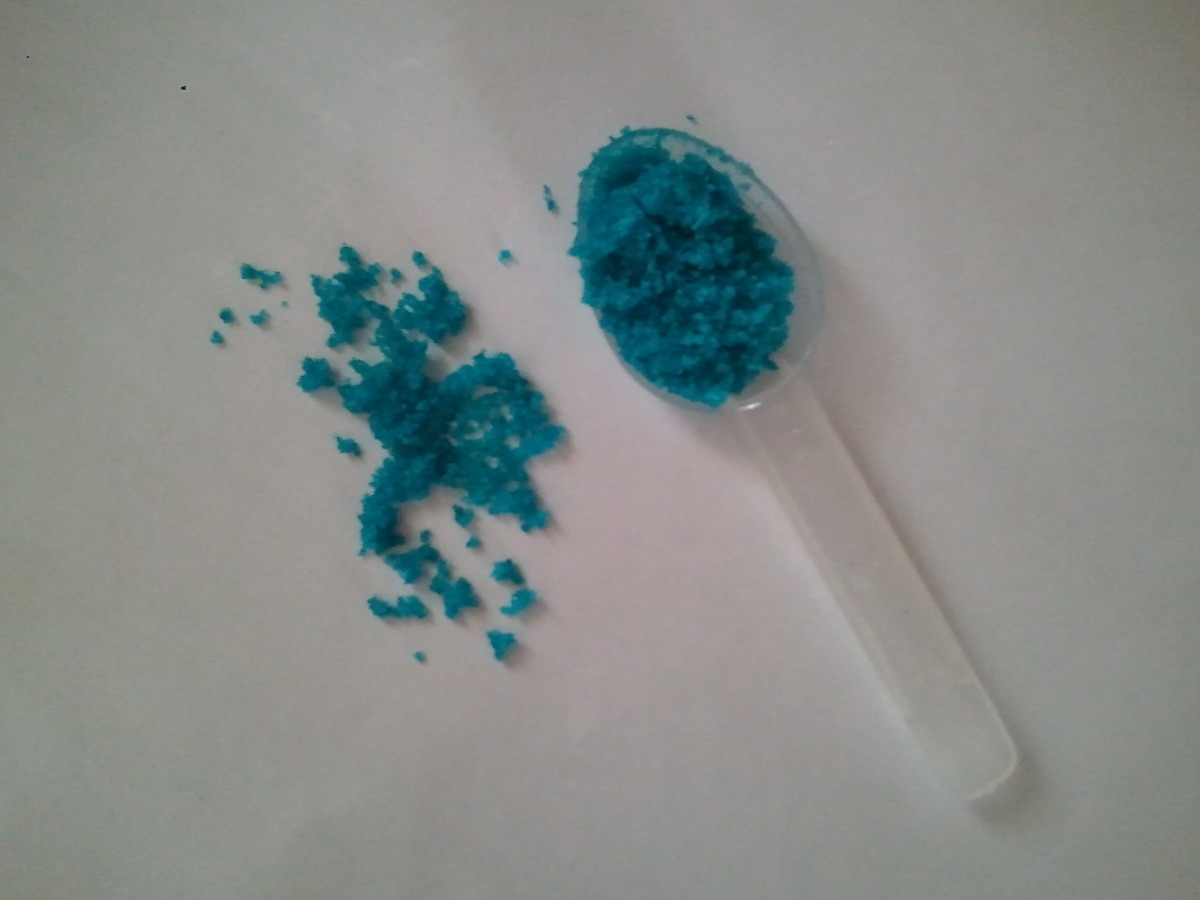
Fertilizing Houseplants
Fertilizing houseplants is necessary to keep them healthy. Soil that is lacking in nutrients will cause stunted growth and poor health. Houseplants that are deficient in nutrients become unsightly and ugly as well.
Fertilizer Types
Only add a small amount of fertilizer at first. If the fertilizer is meant to be mixed with water, then mix in half of what the directions suggest. This will prevent possible over-fertilizing, which is detrimental and may kill the plant. Granular fertilizer slowly adds nutrients to the soil over time and is more stable to use. Only use a few granules at first to prevent over-fertilizing. It is better to have less fertilizer than too much.
Using a balanced 10-10-10 NPK fertilizer works great for most houseplants.
Fertilizer Burn
There is no method of reversing excessive fertilizer uptake once a plant has absorbed a high amount of fertilizer, especially in young plants. Fertilizer burn can injure or kill roots and foliage. Fertilizers draw water out of the plant and foliage becomes dry and discolored. Always water when fertilizing to reduce the possibility of fertilizer burns.

Choosing a Container for Houseplants
Functional Containers
Selecting an appropriate container helps houseplants flourish. A container should be selected with future plant growth in mind. Do not chose a container that will barely fit the root mass. Instead, select one that will allow the roots a little room to spread.
The new container should be no more than 2 to 3 inches wider at the rim or 2 to 3 inches deeper when compared to the old container. Containers that are much larger than the previous container allows the roots too much space to grow. The top of the plant will grow slow until its roots begin to fill the container.
Drainage holes in the bottom are essential in preventing waterlogged soil as well. A layer of stones in the bottom of a container will also help with drainage.
Aesthetic Appeal
Pick a container that has aesthetic appeal. A beautiful houseplant in an old coffee detracts from the plant's visual appeal. Garden centers carry a good range of pots made from plastic, glass, wood, and ceramic. Pick one that suits the plant in color and form. Also, make sure the container will fit into the rest of the room's decor. Earthly tones that contrast the plant are usually a good choice.

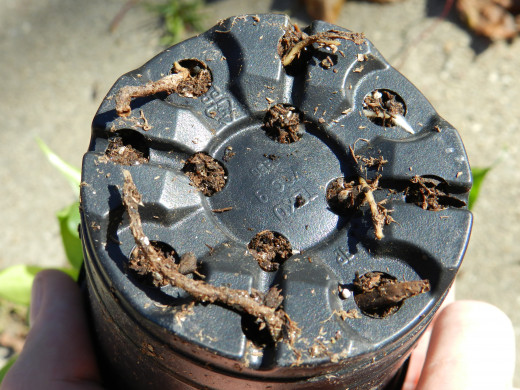
Tips After Re-Potting
- Direct sunlight may damage a new transplant.
- Keep the soil evenly moist, but not soaked.
- DO NOT fertilize a new transplant. Fertilizer burn may occur. Wait a month or more.
Re-potting Houseplants
Re-potting should occur when the plant has become root-bound. Root-bound plants usually have roots showing on the surface of the soil or through the drainage holes in the container. Coiled or girdling roots are a sure sign also. Plants that are root-bound will have stunted growth and may appear unhealthy. Re-potting houseplants only takes a few minutes and will enhance the appearance and health of houseplants.
- Ease the plant gently from the container. Tap the bottom of the pot on a hard surface to help loosen the soil. Sliding a butter knife around the inside of the pot will help loosen it as well. Be careful not to damage the root mass.
- Break up the dense root mass by pulling apart coiled and bound roots. Prune some of the roots before potting. Pruning stimulates new root growth and helps the plant reestablish itself.
- Place a layer of stones in the bottom of the new container if extra drainage is needed, then partially fill the new container with potting mix.
- Center the plant in its new container, then fill the sides of the plant with additional mix. Tamp the soil down, but do not tamp it excessively as to compact the soil.
- Water thoroughly to moisten roots and to settle potting mix. Add more mix if needed.



